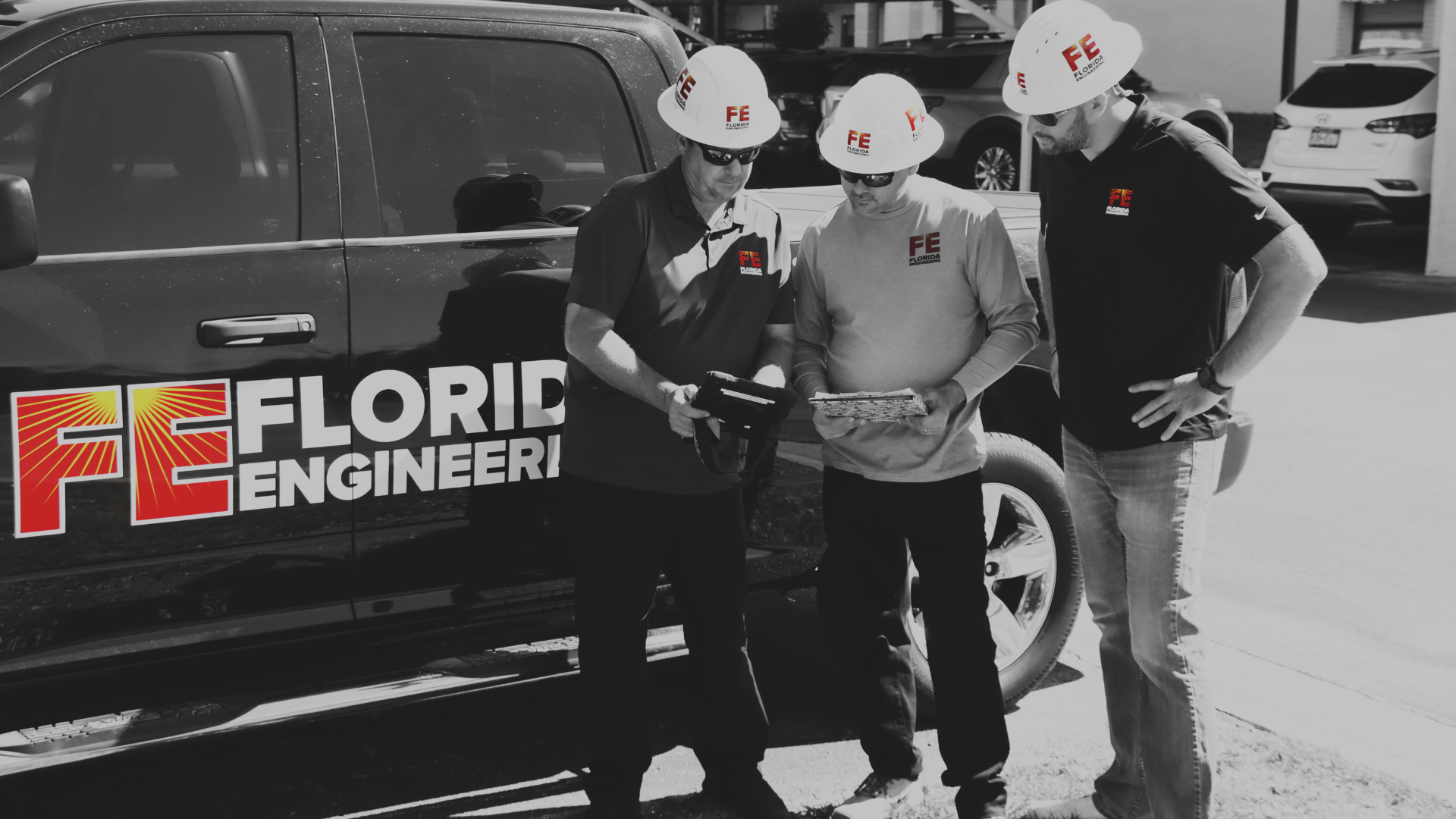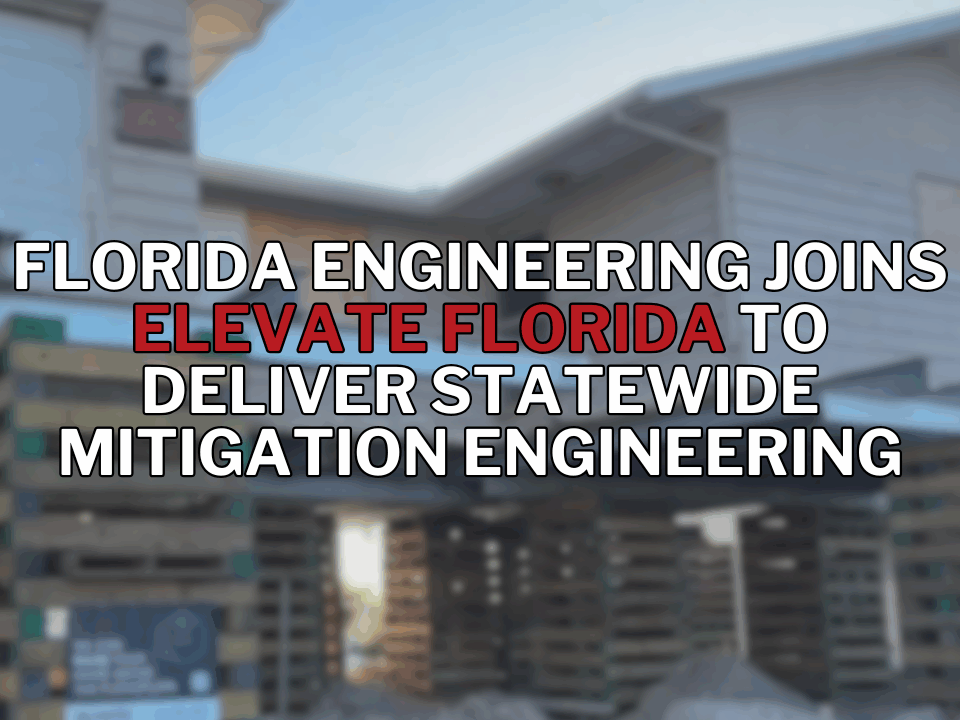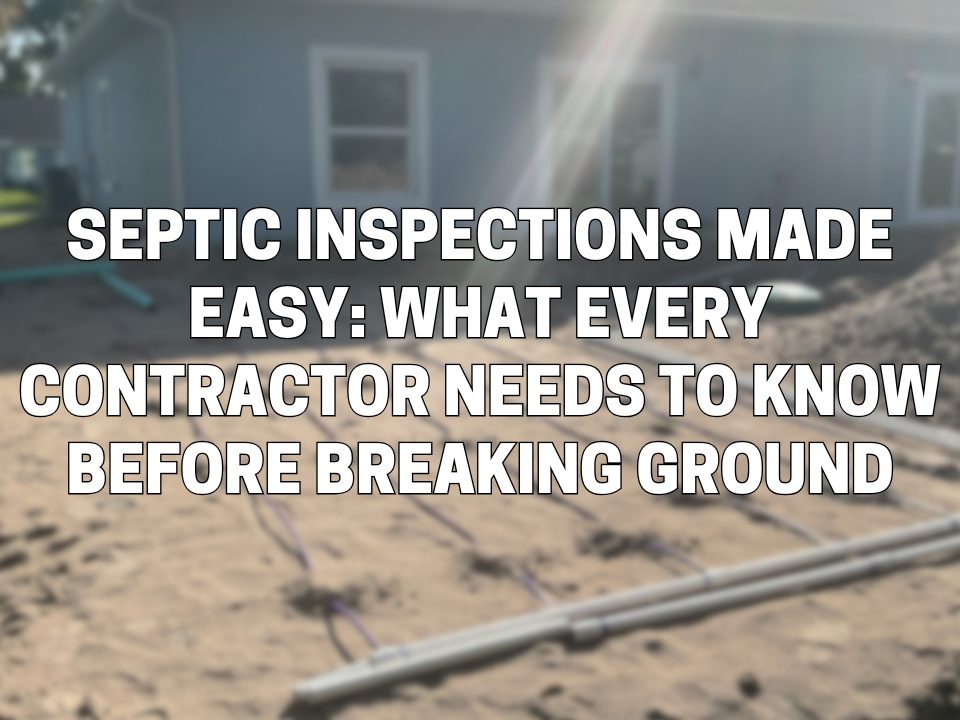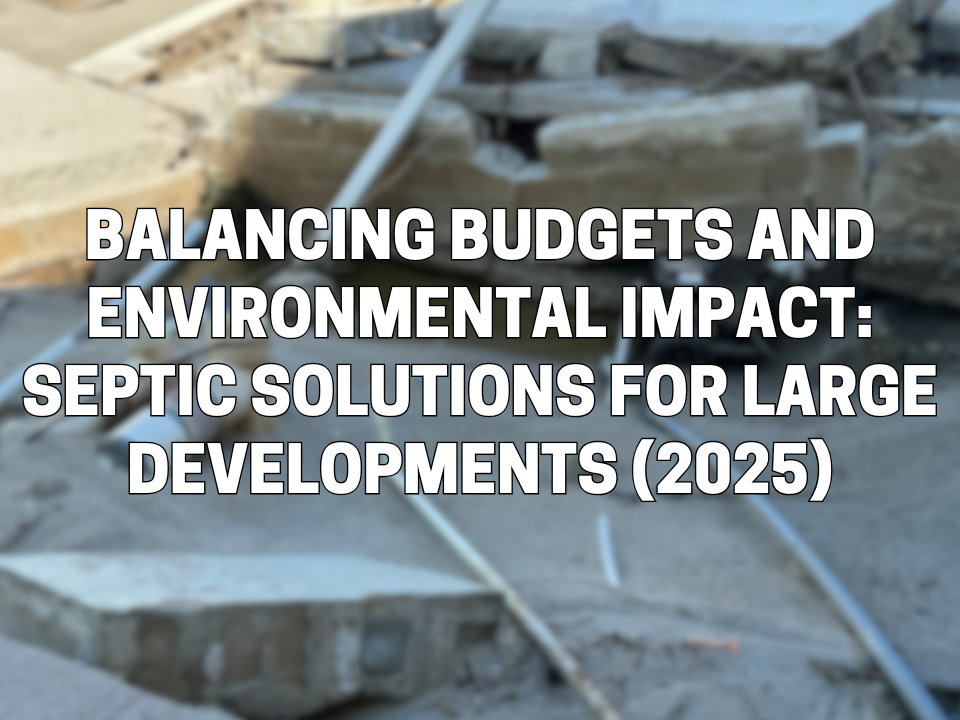Septic system installations in North Florida require a keen understanding of the region’s diverse soils and water table conditions. From sandy soils to areas with high water tables, contractors must navigate unique challenges to ensure proper system function and longevity. In this guide, we’ll explore the best practices for septic installation in 2025, covering soil considerations, installation challenges, and cost-effective solutions to optimize performance.
Understanding North Florida’s Soil Types
North Florida’s soil composition varies widely, affecting how well a septic system can function. Here are the most common soil types and their impact on septic installations:
- Sandy Soils – Predominant in coastal areas, sandy soils drain quickly but may lack sufficient filtration. This can lead to contamination concerns if not properly managed.
- Clay and Loamy Soils – Found in inland areas, these soil types retain water and can impede proper percolation, requiring specialized drainfield designs.
- High Water Tables – Many parts of North Florida have shallow water tables, which can interfere with septic system drainage and increase the risk of system failure.
- Karst Terrain (Limestone Bedrock) – Common in certain regions, this presents a risk of sinkholes and rapid groundwater contamination without proper system planning.
Understanding these conditions is crucial for designing septic systems that comply with Florida regulations and function efficiently.
Challenges Contractors Face in North Florida
Installing septic systems in these diverse conditions comes with specific obstacles that require strategic solutions:
1. Proper Drainfield Sizing and Design
- High water tables and slow-draining soils require larger drainfields or alternative system designs, such as mound systems.
- Engineers may recommend pressurized dosing to improve wastewater distribution in soils with poor absorption.
2. Site Positioning and Elevation Considerations
- Ensuring proper system placement can prevent contamination of nearby wells and water bodies.
- Systems must be installed at appropriate elevations to account for seasonal water table fluctuations.
3. Regulatory Compliance and Permitting
- Florida’s Department of Environmental Protection enforces strict guidelines for septic installations, requiring soil tests and site evaluations before permitting.
- New 2025 regulations may impose additional environmental protections, making compliance even more critical.
Testing and Inspection Protocols for Trouble-Free Installations
Before installation, comprehensive site evaluations ensure system longevity and regulatory compliance. Here’s what contractors should focus on:
1. Soil Percolation Testing
- Determines the soil’s absorption rate and dictates the size of the drainfield.
- Conducted by saturating a test hole and measuring drainage rates over time.
2. Groundwater Level Assessments
- Requires monitoring seasonal changes in water table levels to prevent system failure.
- Areas with fluctuating water tables may require elevated drainfields or engineered solutions.
3. System Inspections Post-Installation
- Ensuring proper function after installation is key to avoiding costly repairs.
- Proper maintenance of care of the septic system will prevent premature failures.
- Regular inspections include tank integrity checks, effluent levels, and drainfield performance assessments.
Cost-Effective Strategies for Handling Challenging Site Conditions
For homeowners and contractors looking to keep septic installation costs under control while ensuring long-term performance, here are some effective strategies:
1. Selecting the Right Septic System for the Site
- Conventional Systems: Best for well-draining sandy soils.
- Mound Systems: Ideal for areas with high water tables, raising the drainfield above natural ground level.
- Aerobic Treatment Units (ATUs): A good alternative when soil conditions limit traditional drainfields.
2. Proper Drainage Planning
- Installing gutters to redirect excess groundwater away from the septic system.
3. Advanced Treatment Options
- Investing in nitrogen-reducing septic systems to meet Florida’s stricter environmental regulations.
Why Choose Florida Engineering LLC for Your Septic Installation?
With extensive experience navigating North Florida’s unique soil conditions, Florida Engineering LLC is the preferred choice for septic system design and installation in 2025. Our team of experts ensures compliance with the latest regulations, optimizing your system for efficiency and longevity. Whether you need a new installation, system upgrade, or troubleshooting, we provide cost-effective and reliable solutions tailored to your property’s needs.
Contact Florida Engineering LLC today for a consultation and ensure your septic system is built to last!
Contact Us – Septic Engineering Near You – Florida’s Top Civil Septic Engineer
- Phone: 941-391-5980
- Email: contact@fleng.com
- Address: 4161 Tamiami Trail, Suite 101, Port Charlotte, FL 33952
Connect With Us
Related Services








